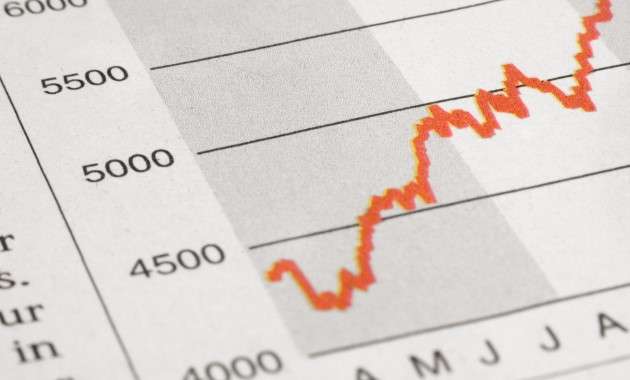Paris Stock Exchange sees a slight rise of 0.2% while facing investor caution amid low trading volumes. The CAC 40 has dropped 2.5% this year, contrasting with a 7.8% gain in the broader European index. In the US, major indices decline slightly, with retail sales up 0.7% but industrial production down 0.1%. A positive sentiment shift is noted in Germany, while Brent crude oil prices fluctuate due to demand uncertainties.
Paris Stock Exchange Shows Slight Positivity Amid Challenges
The Paris Stock Exchange is experiencing a mild upswing, currently up by 0.2% and hovering around the 7,370 mark. The support level at 7,350 is likely to hold steady, although trading volumes remain low, with only €1.35 billion exchanged. This indicates a cautious approach among investors as they make balance sheet adjustments.
Despite the CAC 40 recovering since its low on November 27, analysts express skepticism about the index finishing the year on a high note. Political uncertainty is looming over corporate projects and consumer confidence in France, with concerns about potential over-taxation in 2025 and 2026 affecting spending habits.
US Market Reactions and Economic Indicators
Since the start of the year, the CAC 40 has seen a decline of approximately 2.5%, contrasting with a 7.8% increase in the broader pan-European index for the 2024 fiscal year. This poor performance marks the index’s worst annual results in ten years, with a notable gap of 10% when compared to the STOXX Europe 600, according to a strategist from Pictet.
On Wall Street, trading resumed with slight declines across the three major indices, averaging around 0.6%. Notably, the Dow Jones has experienced its ninth consecutive drop, a trend not seen in nearly half a century, while the Nasdaq continues to break records since December 4.
In the realm of economic data, the US retail sales report reflected a 0.7% increase from October to November, slightly above the previous month’s 0.5% rise. However, excluding the automotive sector, sales saw only a 0.2% gain. Additionally, industrial production in the US fell by 0.1% during the same period, following a 0.5% decline the month prior.
The Federal Reserve has reported a 0.2% increase in manufacturing production, bolstered by a 3.5% rise in motor vehicle and parts production. However, mining and utility indices dipped by 0.9% and 1.3%, respectively. The Fed’s capacity utilization rate declined by 0.3 percentage points to 76.8% in November, which is notably below its long-term average.
As the Federal Reserve’s monetary policy committee meeting commences today, all eyes are on the anticipated quarter-point easing. Investors eagerly await insights from Chairman Jerome Powell regarding the timeline for future rate cuts.
In a positive turn for Europe, a survey from the ZEW economic research institute revealed a significant improvement in German investor and analyst sentiment, with the index rising to 15.7 in December from 7.4 in November, surpassing economists’ expectations of 8. However, the current situation sub-index saw a slight decline.
In the foreign exchange markets, the dollar remains stable against the euro, trading at 1.0510, while US treasury yields have shown a slight increase, with the ten-year yield at 4.413%. Meanwhile, Brent crude oil prices are wavering due to uncertainties surrounding Chinese demand and upcoming data on US household consumption, with Brent down 0.2% to $74.1 per barrel and West Texas Intermediate slightly up by 0.1% to $70.8.
